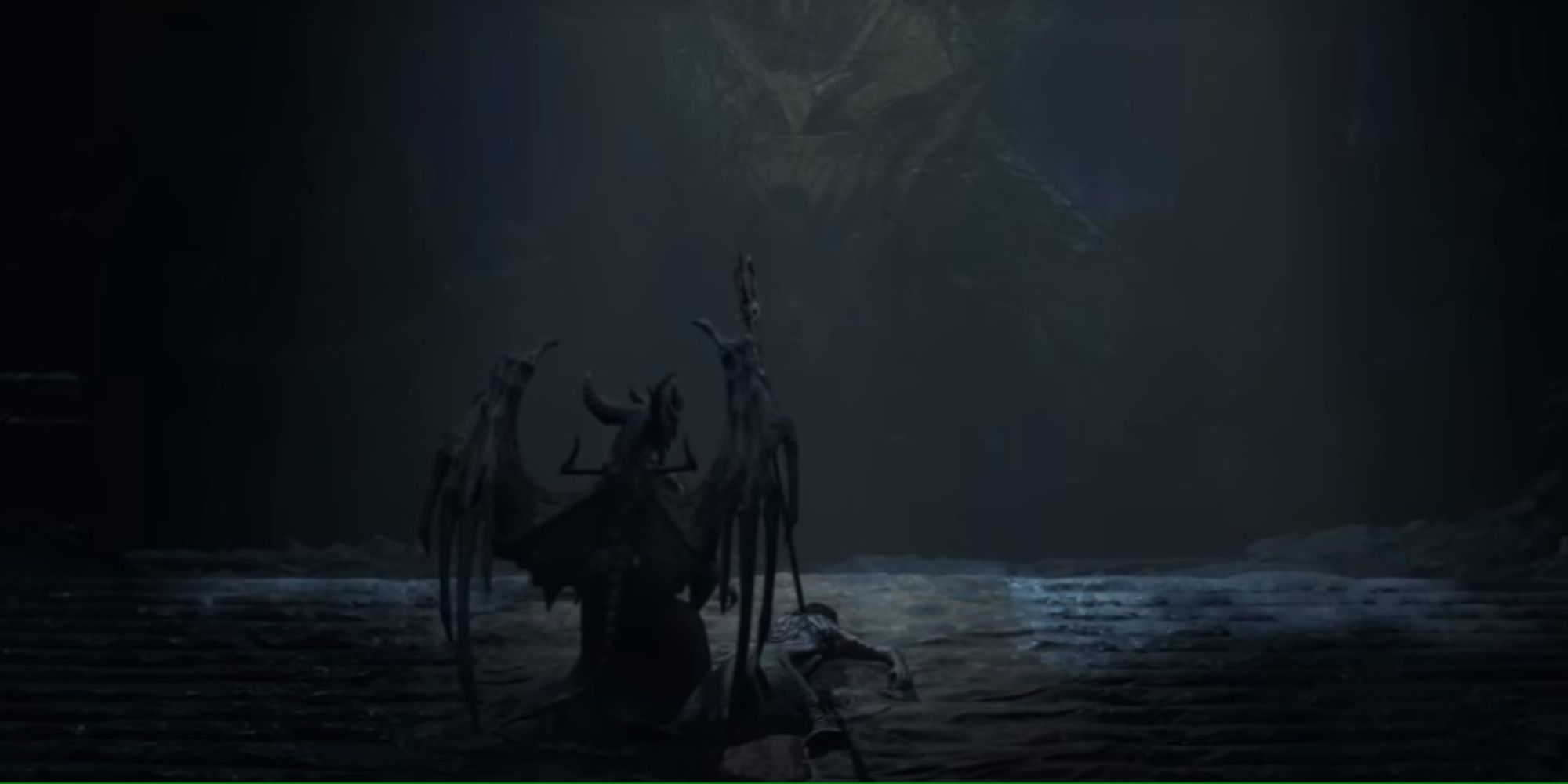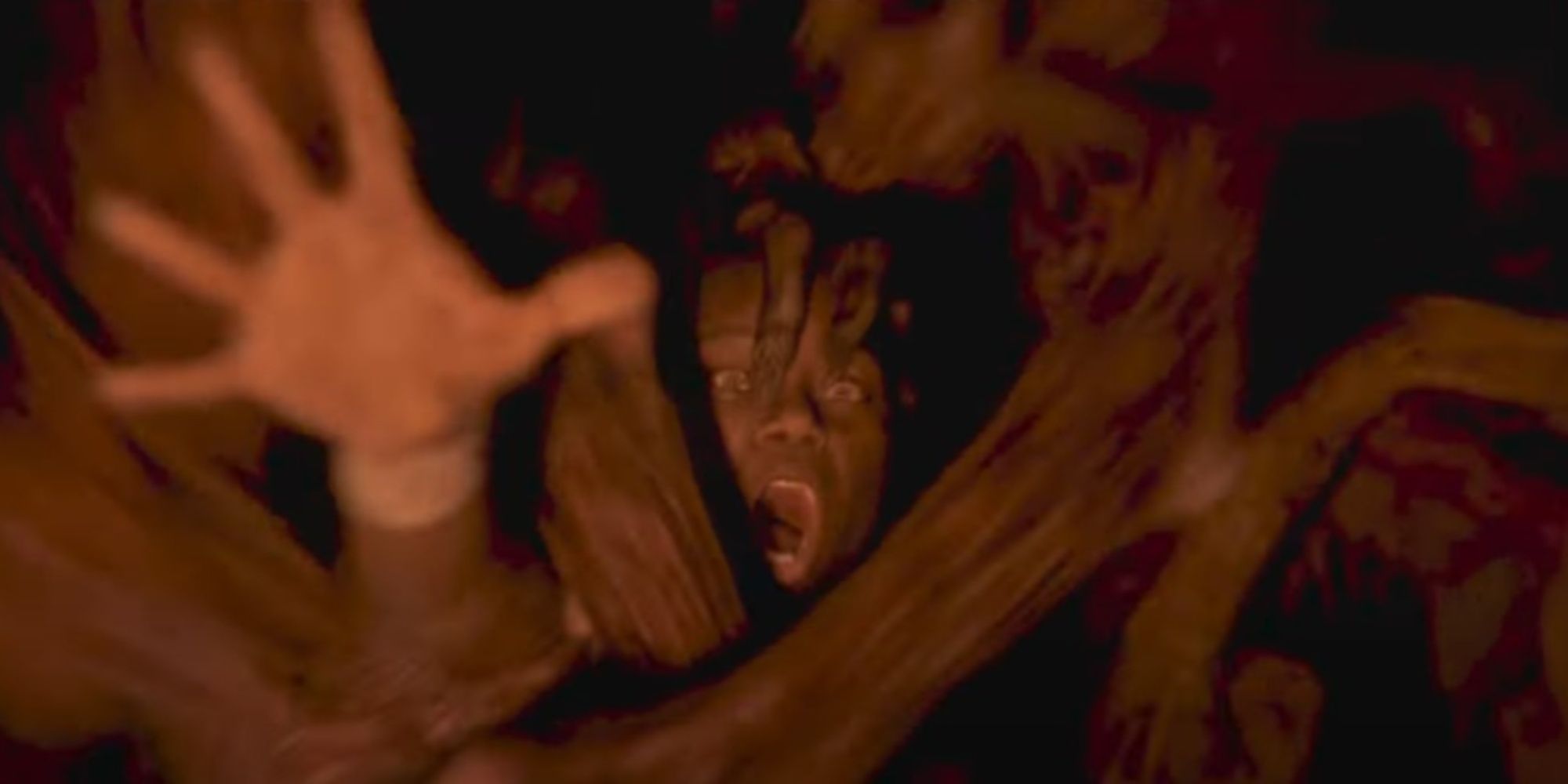Highlights
- Diablo 4’s attempt to return to the dark and methodical tone of Diablo 2 has succeeded, but it has left players longing for the faster-paced and more creative gameplay of Diablo 3.
- Diablo 4’s lack of build diversity and slow progression in terms of skills and gear upgrades has made the endgame feel drawn out and monotonous, unlike the excitement and variety found in Diablo 3.
- While Diablo 2 and Diablo 4 offer a consistently dark and somber storyline, Diablo 3 provided moments of true triumph and emotional highs and lows, which made the overall experience more enjoyable and dynamic.
I want to make something clear right away: Diablo 2 is one of the best games of all time and Diablo 3 is a flawed sequel. My goal is not to whitewash the mistakes made in Diablo 3. I also don’t want to downplay what makes Diablo 2 so incredible.
What I do want to do is acknowledge that the reception of Diablo 3 was harsh; so harsh, in fact, that in the buildup to its release, Blizzard wouldn’t stop going on about how Diablo 4 would be a reversion back to Diablo 2. To this end, the development team undeniably succeeded. The tone and lighting are dark, the gameplay is slower and more methodical, and the skills are much simpler, upgrading by tiny increments instead of dramatically altering the skill itself. I’ve been playing Diablo 2 Resurrected since launch and immediately found that Diablo 4 was more of a direct sequel to that than Diablo 3 ever was.
But some 30 hours into the lengthy Diablo 4 campaign, the strangest thing happened: I found myself missing Diablo 3.
I changed builds many times to keep the monotony from setting in and found them all somewhat interchangeable. My Sorcerer builds that used Frozen Orb and Fireball didn’t look or feel that different and the damage numbers were roughly the same. I dreaded making another character to test builds out and indeed wouldn’t have done it were it not my job. Players are already quitting as the Season 1 patch makes the game even slower. The player base had dipped by over 10% in the first month even before this update.
With seasons making players go through the entire ordeal again, it’s becoming clear that Diablo 4 was inspired by Diablo 2 to its detriment. Diablo 2 didn’t have seasons but did force players to start over from way before the endgame, all Diablo 4 is doing is institutionalizing this on a regular basis. Diablo 3 was seasonal but starting over each time was less grueling because its campaign is considerably shorter than those of Diablo 2 and Diablo 4.
Diablo 3 had a disastrous launch but redeemed itself over time. The installment is over a decade old at this point and yet retained a concurrent player base of around 40,000 until Diablo 4’s release. After a dip, that number is now back up to what it was before. As somebody who was there at the launch and afterward, I got to see firsthand how the initial disappointment faded into excitement as the game realized its vision of fast-paced demon slaying and intense boss fights.
It also had a veritable gamut of creative player-led builds. For example, at level 33 with the Necromancer, you can make the Grim Scythe skill apply random curses to enemies, making for unexpected encounters going forward. Level 33 in Diablo 2 may add one more skeleton for the Necromancer to summon. Level 33 in Diablo 4 may increase the corpse spawn rate from 8% to 12%.
This philosophy of allowing off-the-wall playstyles made Diablo 3 a uniquely fun dungeon-crawler. With so many wacky skills and rune alterations to combine, each season was an opportunity to play completely differently from the last one.
This ideology expanded to gear as well. Take Diablo 3’s Witch Doctor, which has the Carnevil mask that allows their Fetishes to shoot Poison Darts whenever the player uses Poison Dart, or Shukrani’s Triumph mojo that can be chained to permanently Spirit Walk. There are many pieces that just upgrade raw damage in Diablo 3, but the increment can be a game-changing 600% for a skill that doesn’t see much use, making it indispensable with the right build. Diablo 2 and Diablo 4 seem to resent even giving a 10% damage increase for even the most underutilized abilities. I can’t predict any player will change their build for a “legendary” drop like that.
Let’s go back to Diablo 2. You made a character and a build, grinded through the three difficulties, and, if you really loved the character, farmed up a gear checklist until the game was pretty much on autopilot. Everybody I gamed with had a Lightning Sorceress for speed farming and a Hammerdin for power. In between these playthroughs, we took lengthy breaks as the campaigns got redundant. Diablo 4 developers are recommending similar breaks for players who have hit the endgame already.
There is nothing inherently wrong with this type of model. There are great games that are meant to be played once and put down until you feel that same itch creep up again. But it’s hard to say that this kind of game is better than one that captured player enjoyment over sustained periods. The endgame feels so drawn out in Diablo 4 and while this may mimic Diablo 2, there’s something appealing about Diablo 3’s faster journey to the ‘good bits’ when you’re doing that journey repeatedly.
Beyond the raw metrics and community observations, there is the matter of gameplay. Diablo 4 has you choose skills and then strengthen them by tiny amounts at a time. Getting all these skills doesn’t take long, similar to Diablo 2, but I’m yet to reach a point where any skill I’ve invested heavily in really feels that dominant. The game isn’t hard with these weaker skills, it’s just slow.
Diablo 3’s skills and gear upgrades were far more exciting. Suddenly, the Monk’s Mystic Ally can become two allies that explode on target, or the Barbarian’s Ancient Spear can consume all Rage to become an ultimate attack. Watching two players cast the same move looks nothing alike unless they’re using the same build. The creativity permitted in Diablo 3 was extensive. Removing this freedom to copy Diablo 2’s style may appeal to select players who don’t want to think too much about their skills, but that’s not me and, frankly, I think the Diablo player base has outgrown this format as well.
Diablo 3’s bright baubles and flashy outfits were a mistake for the genre, to be sure, but the story itself was every bit as dark as Diablo 2 or Diablo 4’s. The game killed a beloved character; another innocent soul was utterly consumed in a horrifying plot twist; angels turned to evil with blind idealism. In Diablo 2 and Diablo 4, every success is part of a long and inevitable defeat; you stop a devil in human skin but have to kill someone’s husband to do so or kill a lesser demon only to unleash a greater one. There are no moments of true triumph. Fans are wary of getting more of this same, slogging story, or playing it again in the upcoming seasons, and it’s hard to blame them. Diablo 3 had moments that felt like pure wins, such as beating back Azmodan’s onslaught or defeating Urzael in the burning building which made the losses feel all the more devastating.
Playing through the campaign of Diablo 3 again is a quick treat, which is why the seasons worked to the game’s benefit. It packs a full range of emotional highs and lows into a compact timespan—from putting down the Skeleton King and saving the city to watching the fall of heaven as the inaction of angels finally comes full circle. Diablo 2 and Diablo 4 are a string of consecutive lows. In Diablo 2, you fight but ultimately fail to stop Baal from gaining power. Even in the Lord of Destruction expansion, you’re too late to stop the Worldstone and it must be destroyed. In Diablo 4, the team trades a known lesser evil for an unknown primal one. The worst is yet to come and the squad of tragic heroes is painfully aware of this.
Again, this may appeal to a certain type of person that craves undiluted sorrow, but for me, sweet flavors taste sweeter when undercut with salt, and spicy foods are more powerful with a little fruitiness. Sadness becoming boring is a disservice to sadness itself if there is no moment of joy to undercut.
Make no mistake, Diablo 2 or Diablo 4 are games that had a target and hit that target. In their eagerness to return to Diablo 2, however, Blizzard abandoned the steps forward Diablo 3 took in terms of pacing, powerful progression, and player creativity. As players fume about the loot endgame for Diablo 4, they’d do well to remember that it was the endgame for Diablo 2 that inspired this. If this decision seems like a mistake to you as it does to me, maybe the most important takeaway is that Diablo 3, for all its glaring faults, truly was a positive progression for the franchise.
Stay connected with us on social media platform for instant update click here to join our Twitter, & Facebook
We are now on Telegram. Click here to join our channel (@TechiUpdate) and stay updated with the latest Technology headlines.
For all the latest gaming News Click Here
For the latest news and updates, follow us on Google News.



